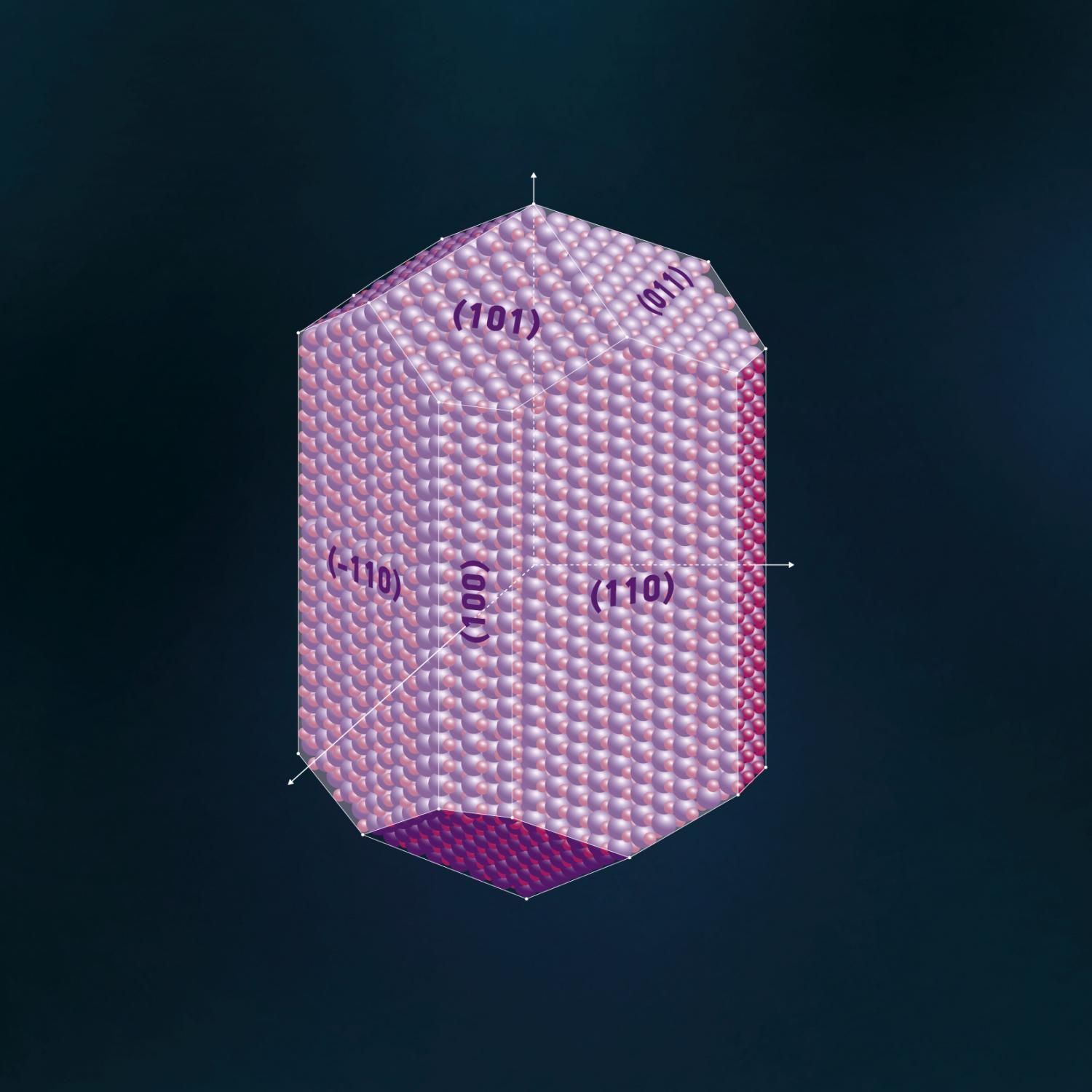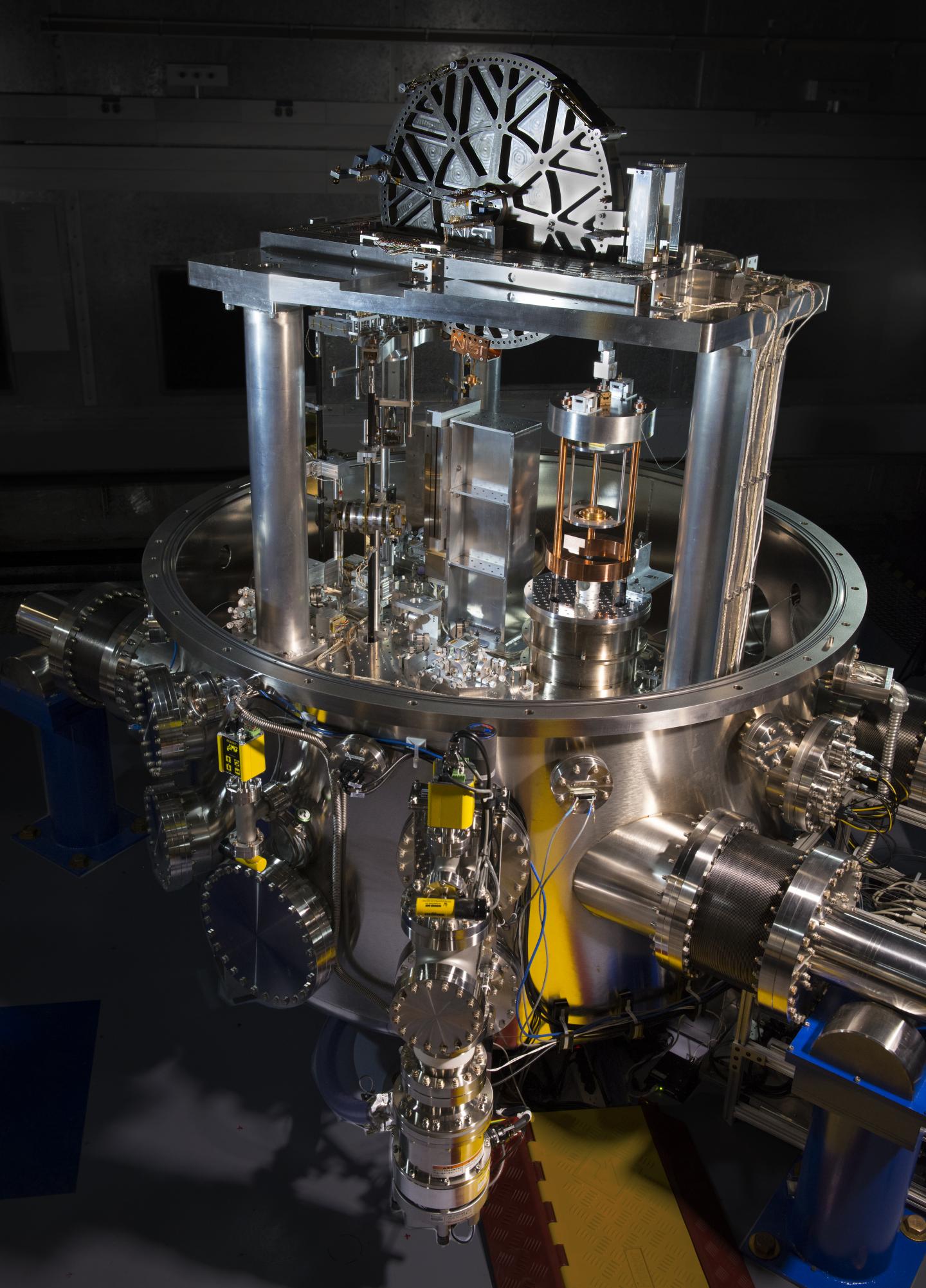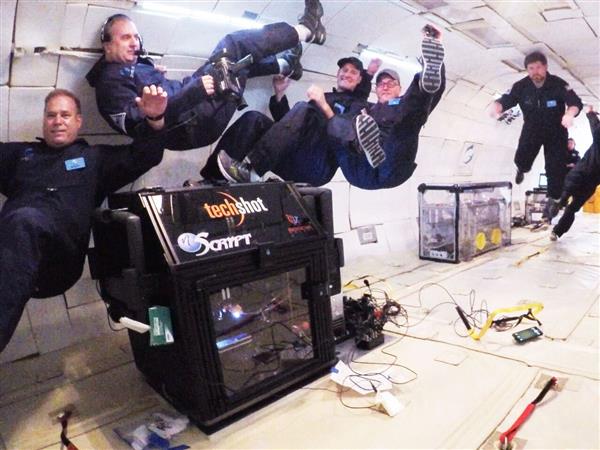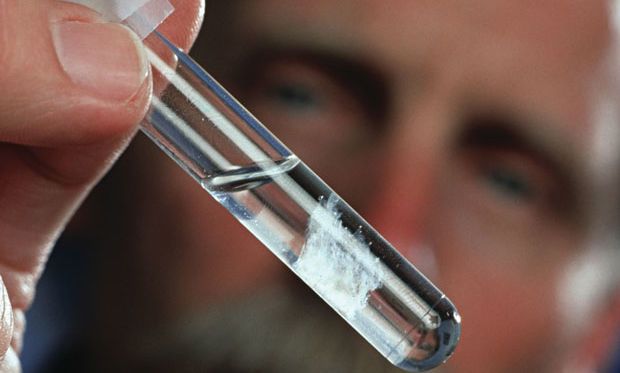Jun 21, 2016
Quantum calculations broaden the understanding of crystal catalysts
Posted by Karen Hurst in categories: chemistry, particle physics, quantum physics, supercomputing
Using numerical modelling, researchers from Russia, the US, and China have discovered previously unknown features of rutile TiO2, which is a promising photocatalyst. The calculations were performed at an MIPT laboratory on the supercomputer Rurik. A paper detailing the results has been published in the journal Physical Chemistry Chemical Physics.
It’s all on the surface
Special substances called catalysts are needed to accelerate or induce certain chemical reactions. Titanium dioxide (TiO2) is a good photocatalyst—when exposed to light, it effectively breaks down water molecules as well as hazardous organic contaminants. TiO2 is naturally found in the form of rutile and other minerals. One of the two most active surfaces of rutile R-TiO2 is a surface that is denoted as (011). The photocatalytic activity is linked to the way in which oxygen and titanium atoms are arranged on the surface. This is why it is important to understand which forms the surface of rutile can take.


















